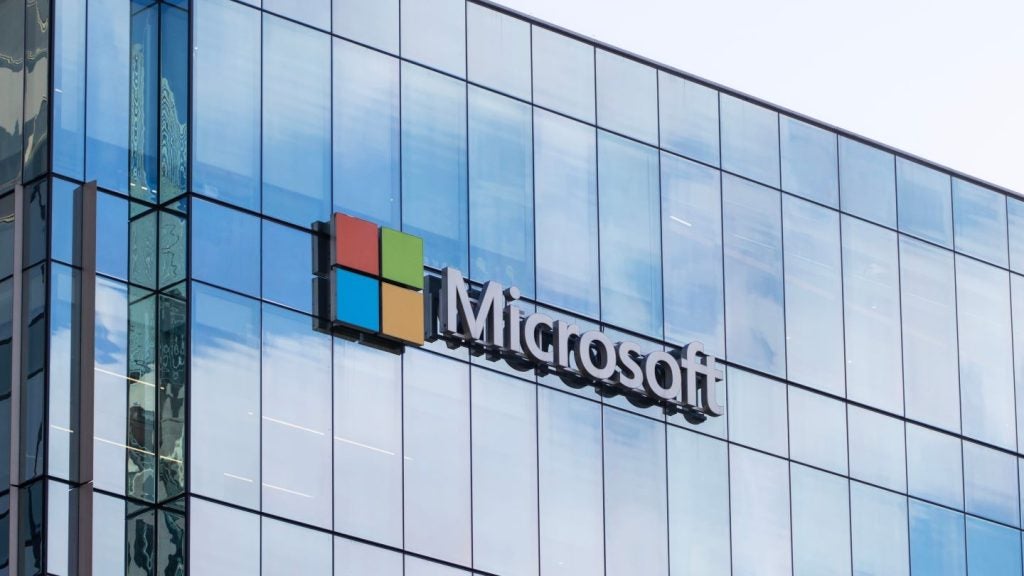With the growing realization that work-from-home – or at least a hybrid work model – is going to be the new normal, operators and vendors are now scrambling to offer the easiest way to facilitate enterprise-grade IT and communications requirements from home. It may turn out that enterprise-focused applications – spurred on by Covid-19 work-from-home requirements – may ultimately be where the true growth prospects are for 5G fixed wireless.
Google became the latest big company to embrace an extended – and perhaps permanent – employment paradigm in which many employees will be working from home, at least part-time, for the foreseeable future. Google CEO Sundar Pichai announced 5 March that Google will allow approximately 20% of workers to stay home permanently, and most employees will be able to work from home two days per week. Google joins a host of companies embracing hybrid working environments even once pandemic restrictions have fully eased.
T-Mobile work-from-home pitch
In March, T-Mobile made a direct pitch toward enterprises dealing with the work-from-home quandary with the introduction of its WFX solutions. These solutions offer dedicated bandwidth to remote workers, ostensibly with the same level of data security they would have in physical offices.
For T-Mobile, which has minimal penetration in the US enterprise segment, the new plans represent incremental revenue. For customers, the new plans offer the ability to ensure a high-speed pipe to homeworkers without interfering with existing consumer services like gaming and homeschooling.
AT&T enters the fray
In April, AT&T responded with the introduction of a host of joint network offerings with Ericsson-owned Cradlepoint that combine 5G wireless service with value-added services to offer wireless wide-area network connectivity. Unlike the T-Mobile offering, which focuses on simplicity, AT&T’s offering focuses on flexibility and manageability – essentially allowing enterprise IT managers to have the same level of control and security protections across their remote enterprise networks as they would across a suite of office campuses. That’s a major challenge in an environment that consists of thousands of home terminals but much easier across a single wide-area wireless network.
5G-ready ‘one stop shop’
Ericsson also introduced another offering in May that promises a virtual workplace solution, this time targeting the 6 million US small-medium businesses (SMBs) it says are in need of a ‘5G-ready’ one-stop shop for business applications, compute, storage, collaboration, and security. The Ericsson Wireless Office subscription service offers a managed IT environment capable of fully supporting digital remote-work models.
How well do you really know your competitors?
Access the most comprehensive Company Profiles on the market, powered by GlobalData. Save hours of research. Gain competitive edge.

Thank you!
Your download email will arrive shortly
Not ready to buy yet? Download a free sample
We are confident about the unique quality of our Company Profiles. However, we want you to make the most beneficial decision for your business, so we offer a free sample that you can download by submitting the below form
By GlobalDataThe flurry of recent announcements point to an interesting new wrinkle developing around a 5G use case that has thus far been slow out of the gates: 5G for fixed wireless.
While consumer-focused 5G FWA has thus far struggled, new emerging enterprise-focused applications may ultimately be where the true growth prospects are.








Related Company Profiles
Google LLC
AT&T Inc